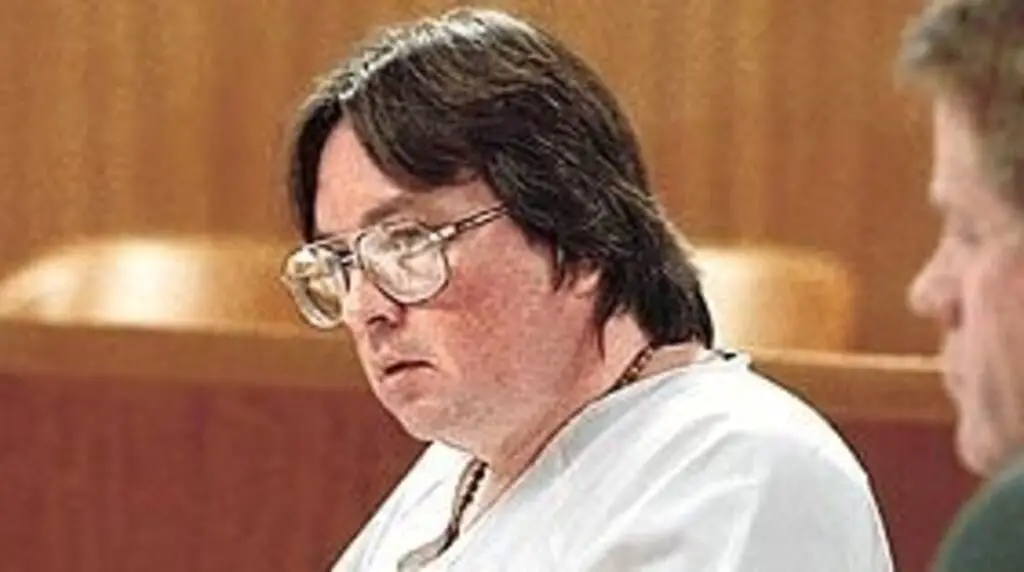
As the New York City mayoral contest heats up, public safety remains voters’ top concern — and embattled Mayor Eric Adams’ main talking point.
After all, if there’s one success that Adams can point to in his reelection bid, it’s the recent sharp declines in serious crime throughout the city under his new (and popular) police commissioner, Jessica Tisch.
The first quarter of 2025 saw significant drops in both murders (by 34%) and shootings (by 23%), for example.
So you can expect Adams’ critics and opponents to try to poke holes in his record.
Some are quibbling with the statistics.
“Sure, serious crime is going down now,” the argument goes. “But it’s still up overall compared to when Adams took office, if you look at misdemeanors and other offenses outside the seven ‘major’ felonies.”
It’s a fair point, but it’s an awkward one for the progressive leftists to make: They’ve been gaslighting New Yorkers about crime ever since homicides and shootings spiked in 2020.
Their party line then and in the two years that followed was that the Big Apple’s crime problem was nothing but a false narrative spun up by Donald Trump and the pro-police right.
So they can’t just make a U-turn now — not without admitting they’ve been full of it for the last five years.
Instead, Adams’ left-wing critics are reverting to one of their favorite talking points: To the extent crime rose earlier in his term, it’s because the NYPD has been more active — particularly in black and Latino neighborhoods.
It’s not that there’s more crime, as Donna Lieberman of the New York Civil Liberties Union told Politico this week; it’s just that Adams put more cops on the street, and “they’re making more arrests.”
But the idea that the crime increase in the city since 2019 is merely an optical illusion created by an aggressive, proactive NYPD simply doesn’t withstand scrutiny.
No doubt, enforcement is up in recent months. Yet there is good reason to believe that it’s those increases in enforcement that have been driving major crime down.
If more enforcement causes higher crime rates, then the city’s crime numbers should be spiking right now. But the opposite is true.
The idea that the city’s crime problem is just an artificial byproduct of police discretion also runs up against the fact that New Yorkers’ calls for service to the NYPD have steadily risen.
In 2018, the department fielded 6.1 million 911 calls for emergency help. It fielded 6.4 million in 2019, 6.2 million during the 2020 lockdowns and 6.4 million in 2021.
Then in 2022 the number soared to an eye-popping 7.1 million 911 calls — as major crime rose by more than 22%.
In 2023 the tally eased a bit to 6.8 million, still 11% higher than the number of calls received in 2018.
So, no. We know the crime problem isn’t just a matter of cops “finding” more crime — because New Yorkers have been reporting more crime.
What’s made this year’s crime declines all the more impressive is that the NYPD has been doing its work with a depleted force.
The number of uniformed NYPD officers has steadily dropped in recent years, yet another of those pesky realities undermining the progressives’ claims that proactive policing created a mirage of increased crime.
If anything, the department’s capacity for discretionary enforcement has been limited by its staffing crisis.
The idea that an understaffed police department stepped up discretionary enforcement enough to drive an overall crime increase, while fielding hundreds of thousands more calls for service, is preposterous.
The simple truth is twofold: Gotham’s post-2020 crime woes have been driven largely by misguided criminal-justice policies at the state and local level that led to less post-arrest enforcement than there should be.
The recent downturn in crime is a byproduct of Tisch’s enforcement efforts concentrated in the city’s most problematic block clusters, where officers have been focusing on the most prolific and violent offenders.
Whoever becomes the next mayor of New York, his or her ability to keep the public safe is limited to what the NYPD can do.
The next mayor won’t control the DAs. The next mayor won’t have a say in who gets held pre-trial, or who goes to prison upon conviction.
So while it’s perfectly acceptable to want more public-safety progress, know that it’s not the mayor but the lawmakers in Albany and the radicals in the City Council who have the power to keep the recidivists off the street.
As long as there’s a revolving door at the courthouse, the mayor and his police department can only do so much.
Rafael A. Mangual is the Nick Ohnell fellow at the Manhattan Institute, a contributing editor of City Journal, and the author of “Criminal (In)Justice.”



























